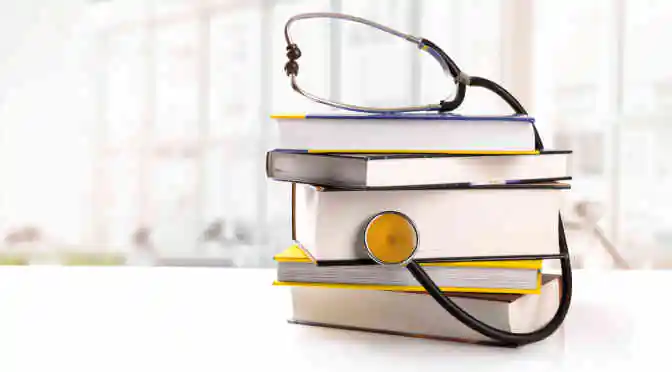The UN’s 2030 Agenda for Sustainable Development is a plan to, among other things, eradicate extreme poverty. One concept that appears again and again in the plan is access to quality education.
This Agenda is a plan of action for people, planet and prosperity. It also seeks to strengthen universal peace in larger freedom. We recognise that eradicating poverty in all its forms and dimensions, including extreme poverty, is the greatest global challenge and an indispensable requirement for sustainable development. – UN 2030 Agenda for Sustainable Development
The link between education at all levels and poverty is a clear one that’s been laid out many times, and many countries have made education policy a priority.
While a lot of these policies focus on primary education, higher education also plays a critical role in the innovation and development of efficient human capital, which in turn will play a crucial role in the success and sustainability of the economy.
Global higher education market 2015-2020 ($ billions)
Source: Technavio
According to a new report from Technavio, the global higher education market was worth $62.57 billion in 2015 and is expected to reach $110.19 billion by 2020, growing at a CAGR of 11.97%.
Alternative content delivery will be a boon for education
In so many cases, education has become far too reliant on memorization and testing. But incorporating tech into higher education (if done properly) can create new opportunities for both students and teachers to explore learning outside of traditional classroom models.
One of the most exciting prospects coming out of hybrid education is flipped classrooms.
There are a lot of different ways to interpret the concept, but generally speaking, this pedagogical model reverses the lecture and homework elements of a course. Students watch pre-recorded lectures and review course material before class, leaving class time free for discussions and exercises that build on lecture materials.
This allows students to consume the core elements of a course whenever, regardless of time or place. It also gives instructors the freedom to re‐allot classroom time to make time for assessments and other activities.
Flipped classrooms are an interesting move for the education industry which has, overwhelmingly, moved away from critical thought processes towards rote and standardized testing. While the effectiveness of this model is very much in the hands of the instructor, it’s a refreshing thought for those weary of the ‘lecture, test, repeat’ model of education.
By opening up the classroom for questions, discussions and activity-based learning, perhaps we’re taking the first cautious steps back towards a more inclusive, dialogic learning environment.




